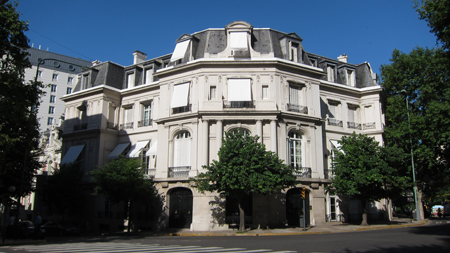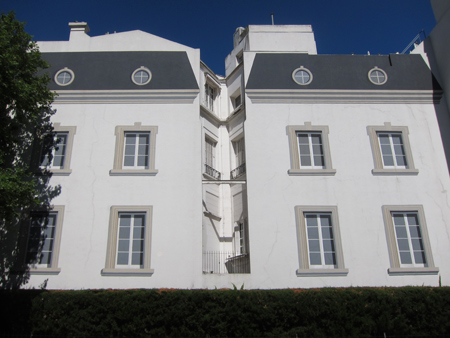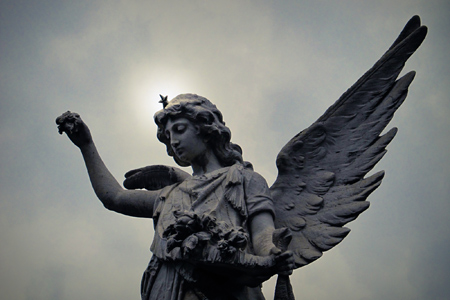
Documenting Recoleta Cemetery in Buenos Aires since 2007
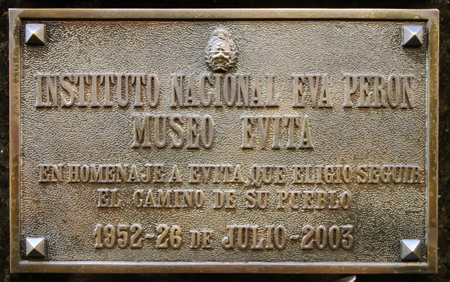
Naturally, most plaques on the Duarte family mausoleum pay homage to its most famous member: Eva Perón. Varied organizations, such as the large CGT workers’ union & residents of her home town, make expected appearances. However, the most surprising of the bunch would be the Sindicato de Peones de Taxis… the taxi drivers’ union. I wonder what connections they had in order to obtain family permission to post a plaque:
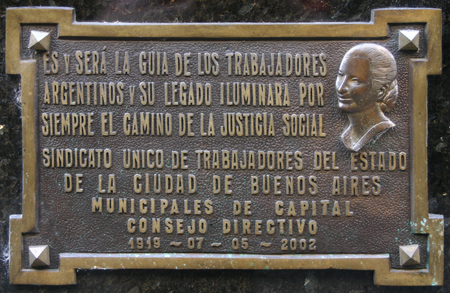
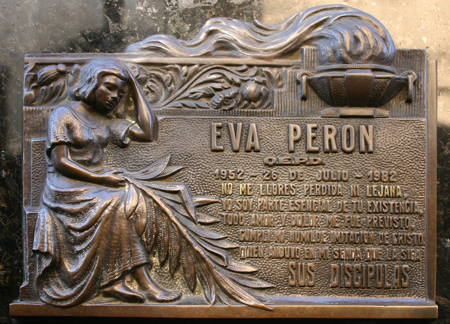
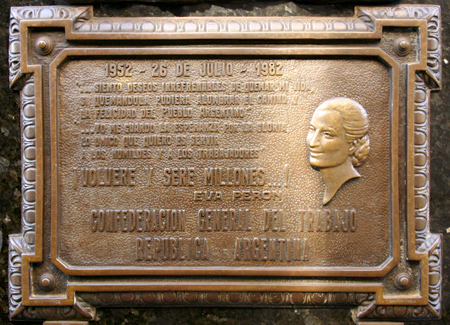
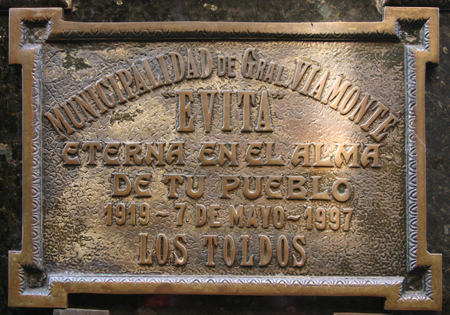
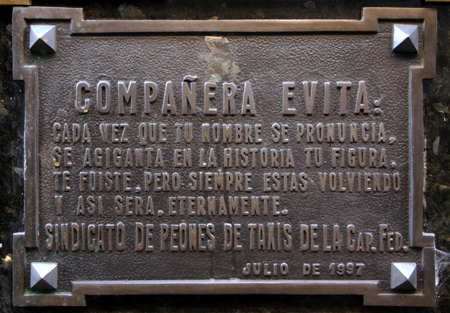
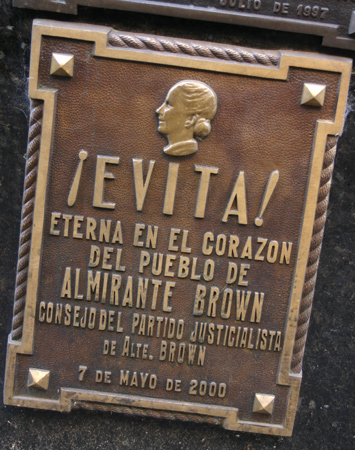
Other family members also share the limited space. Eva’s brother, Juan Duarte, supposedly committed suicide, but several historians have proposed that he fell out of favor with Perón after Eva died… perhaps with Perón even ordering Juan’s murder. We will likely never know the truth:
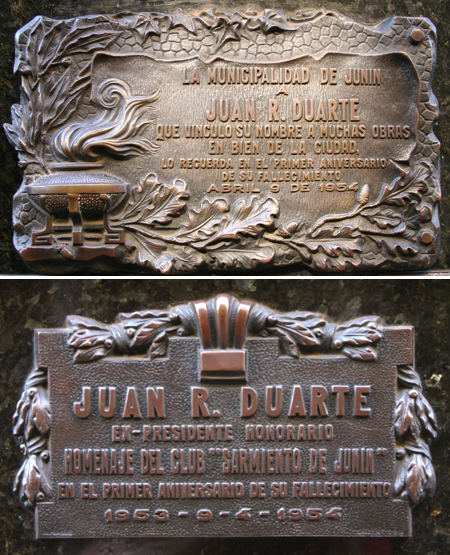
Finally, three plaques are for Major Alfredo Arrieta, husband of Eva’s sister, Elisa. He retired from the military in 1938 then served as senator for the Province of Buenos Aires from 1946 until his death in 1950:
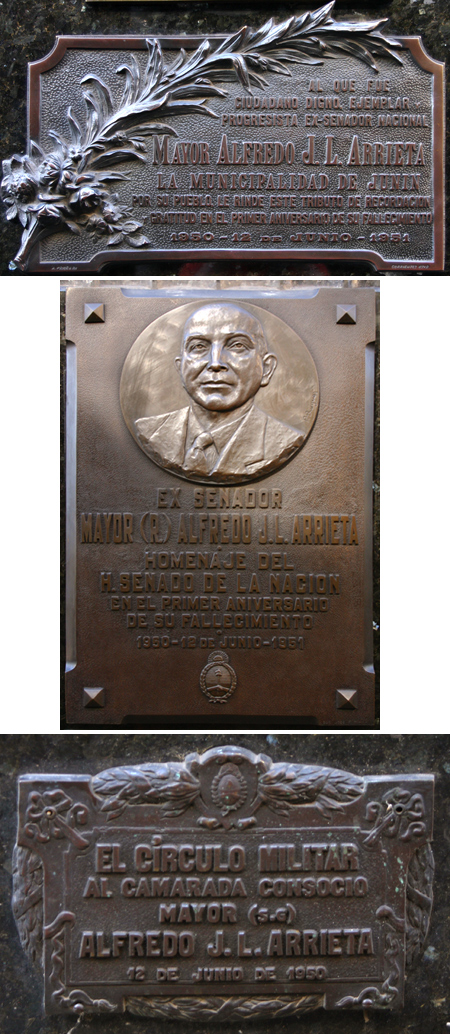
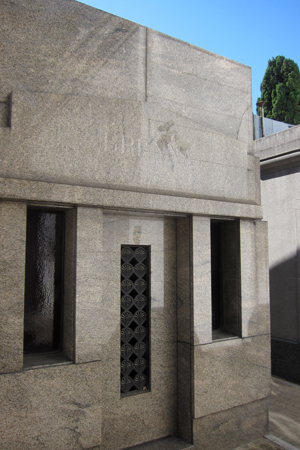
One year before Recoleta Cemetery opened, a flour mill & its corresponding shop for baked goods began operation in 1821 at the intersection of Rivadavia & Rodríguez Peña. Almost four decades later, it became known as the Confitería del Molino. The business was acquired in 1886 by Gaetano Brenna who had a clear vision of making the best sweets in Buenos Aires.
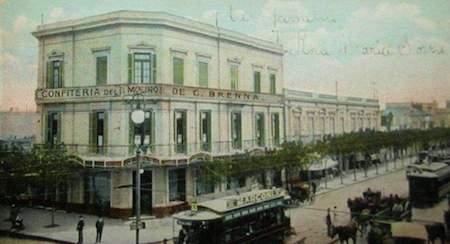
Part of Brenna’s business plan included expanding his facilities. Purchasing two buildings & a warehouse at the intersection of Callao & Rivadavia, Brenna hired immigrant Italian architect Francisco Gianotti to join the three structures & build up, up, up. Gianotti wasted no time during the six years he had been in Argentina, already having built several apartment buildings & just completing the Galería Güemes the previous year. He was definitely one of the star architects of the moment. Brenna made Gianotti promise not to interrupt normal, day-to-day business of the confitería & the results were spectacular.
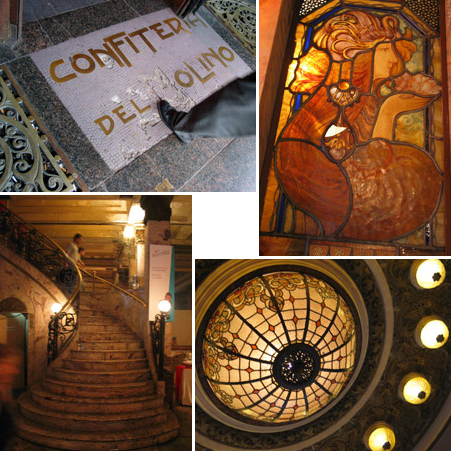
Given its location at one of the most important intersections in the city center & adjacent to Congress, the Confitería del Molino quickly became the success Brenna had envisioned 20 years earlier. Politicians, tango celebrities like Tita Merello, foreign dignitaries, literally everyone hung out there.
Unfortunately, business began to decline in the 1950’s & each coming decade brought new challenges for the Brenna family. Shortly after filming a scene for the Alan Parker version of “Evita” plus a video for the Madonna release “Love Don’t Live Here Anymore,” the Confitería del Molino closed its doors forever in January 1997. The building sat disintegrating for decades, but restoration plans are almost complete in 2020. One day soon, we may be able to enjoy a coffee & pastry here just like porteños from bygone days.
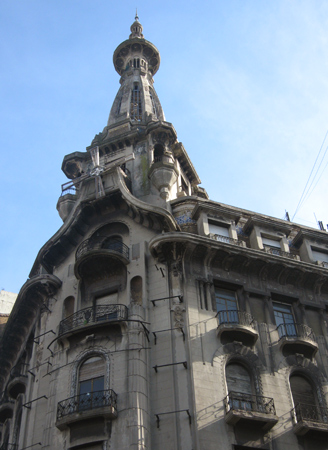
Art lovers should take a peek inside the tomb for one of the finest mosaics in the cemetery:
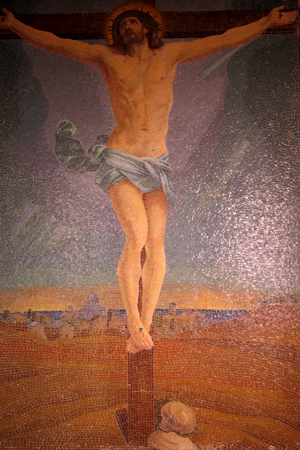
Like Art Nouveau? Learn about the architects of the era, their individual styles & what makes Art Nouveau in Buenos Aires so unique with a 33-page guide from our sister site, Endless Mile.
Leave a Comment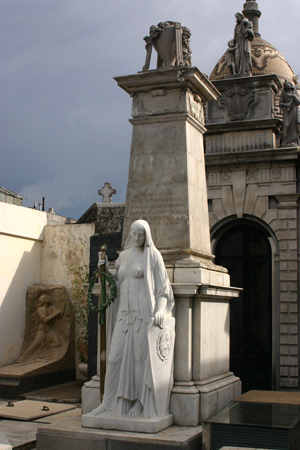
Promoted to the rank of general during the independence wars, Miguel Estanislao Soler switched hats between military officer & politician several times during the nation’s early years. Soler passed away in 1849, but his monument was erected in 1929 & paid for by the city of Buenos Aires. At the top of the column, places & dates of military campaigns tell visitors a bit about the man’s service to his country.
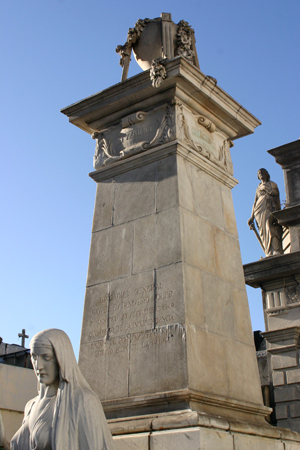
But the statue—generally attributed to Torcuato Tasso—is breathtaking. Situated at the entrance gate, it is one of the first pieces of art seen by visitors. A few allegories are present: military action (the sword), victory (a wreath of laurel) & Argentina (shield with the nation’s coat-of-arms). Although it’s tempting to rush inside & wander the walkways of the cemetery, stop for a moment & examine this beautiful statue before diving in.
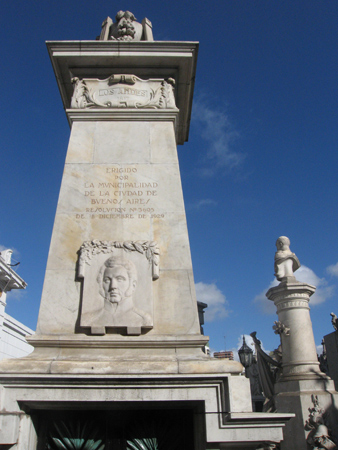
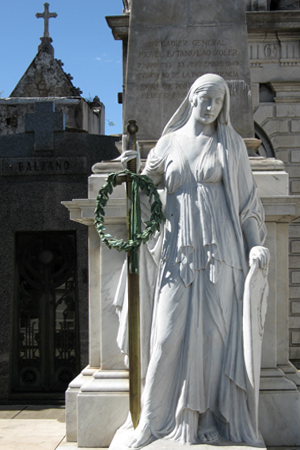
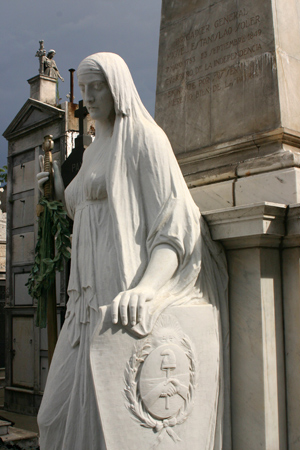
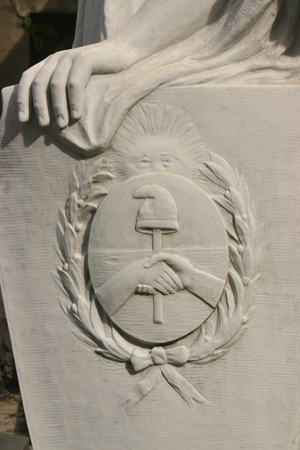
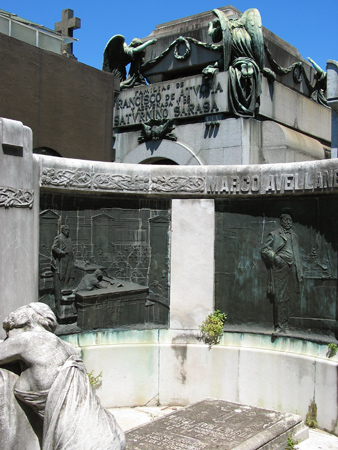
Imposing but built on one of the more narrow paths of the cemetery, the mausoleum for the Familias de Francisco de Atucha y Azcuénaga y de Saturnino Sarasa is notoriously difficult to photograph. Even more difficult to see is the beautiful stained glass window inside… but it’s worth the effort:
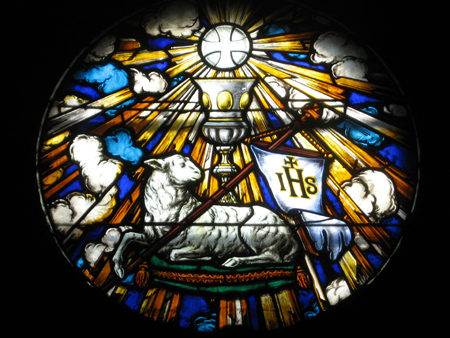
At the beginning of the 20th century, Jorge Atucha purchased some 35,000 hectares from the Duggan family. The estate, located on the northern border of the Provincia de Buenos Aires, took the name “El Pelado“—perhaps Jorge was balding at the time! (confirmed in the comments below)—& soon became a thriving cattle ranch. The family’s fortune grew when a branch of the Urquiza train line arrived to the estate in 1913 & carried its products to the capital. The station was named Sarasa after the last name of Jorge’s mother.
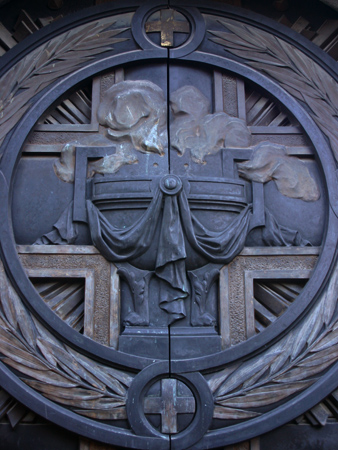
As the estate grew, so did the number of people needed to work it. By 1925, a small town began to emerge in order to provide services to estate workers. Unfortunately “El Pelado” did not survive the political & economic crisis following the departure of Perón. In later years, the last military dictatorship stopped train service, & the town currently has a population of under 100 people.
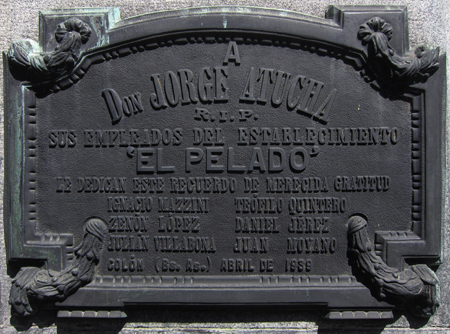
But the estate is still recognized as one of the oldest & best breeders of thoroughbred race horses in the nation. And in spite of fortunes that come & go, the Atucha family obviously did very well for themselves. Their tomb was designed by French architect René Sergent, although he never visited Buenos Aires. The beautifully crafted door & crowning angels would certainly draw much more attention if this tomb had been built on a main walkway.
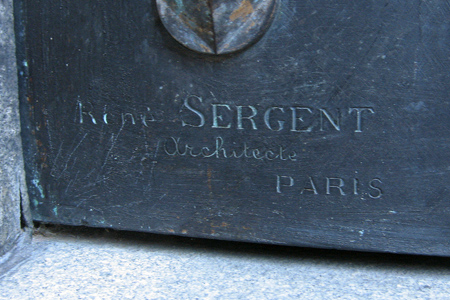
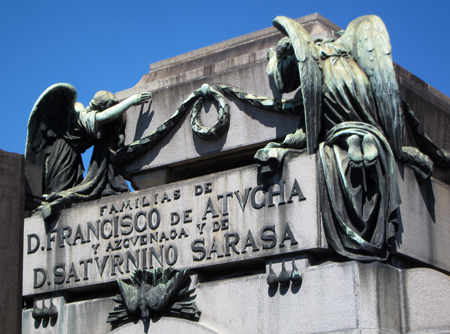
When the Atuchas spent time in Buenos Aires, their residence was located near Recoleta Cemetery on chic Avenida Alvear… just opposite the Palacio Ortiz Basualdo. Sold long ago, the house was divided into several apartments & contains one of the few faux, painted façades in Buenos Aires & is easily visible from busy Avenida 9 de Julio.
